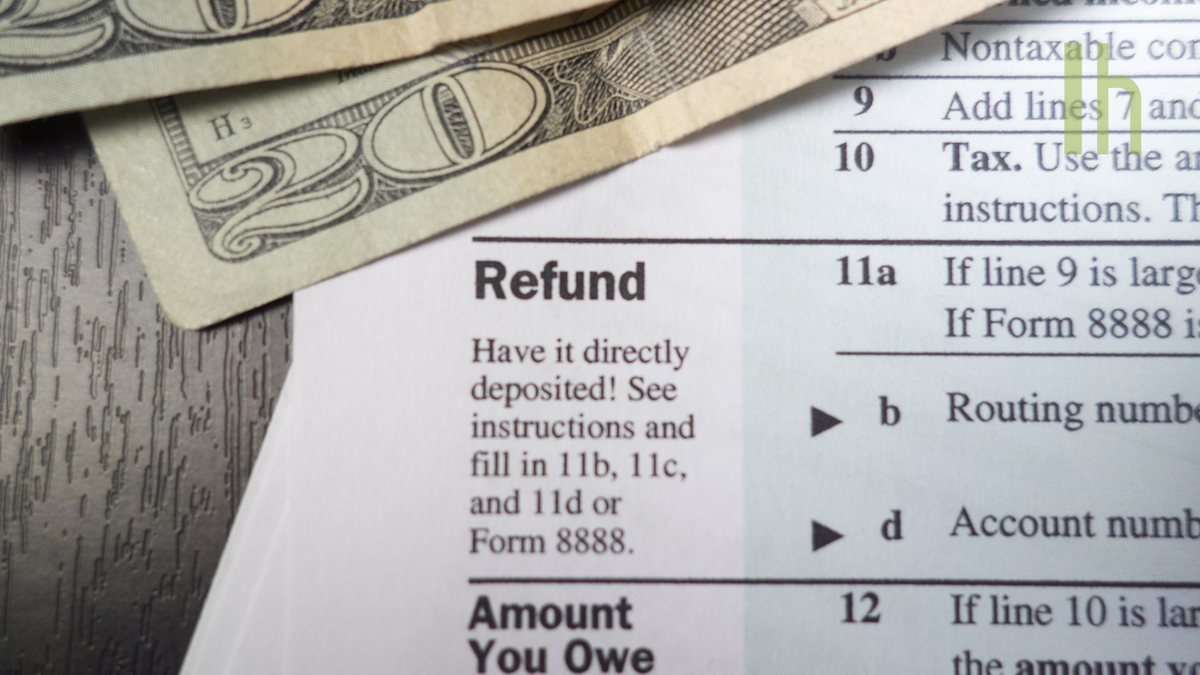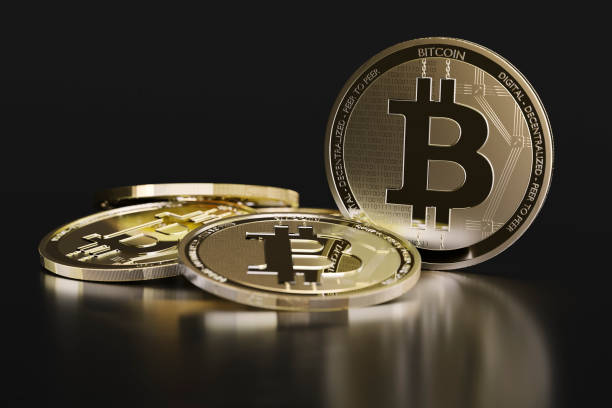The great trans-Parisian challenge: how long does it take to change stations?
The Man Who Pays His Way: Dedicated rail passengers need good luck and determination to make their connections

Sign up to Simon Calder’s free travel email for expert advice and money-saving discounts
Get Simon Calder’s Travel email
Simon Calder, also known as The Man Who Pays His Way, has been writing about travel for The Independent since 1994. In his weekly opinion column, he explores a key travel issue – and what it means for you.
Before Eurostar downsized due to the complexities of post-Brexit passport checks, passengers could travel direct from London St Pancras International to Avignon. Not any more: the cross-Channel train firm has its work cut out providing enough seats on its core network connecting London with Amsterdam, Brussels and Paris. Which means that people who want to take the train rather than the plane to the deep south of France must change trains.
Sometimes there are good connections at Lille Europe station, but rather more often a trans-Parisian journey is required – travelling between termini in the French capital.
Nothing new with that concept: generations of travellers have arrived at Gare du Nord from one of the Channel ports and have had to cross Paris.
Anne Wells, from Sussex, could easily have flown from nearby Gatwick to Lyon and travelled on from the airport’s own station by rail to Avignon.
But Ms Wells decided to do the right thing, environmentally speaking, and take the train from London via Paris to the “city of Popes”. She booked a ticket on Eurostar. And then contacted me in some agitation.
“In good faith and in good time I booked a return trip on Eurostar, via the Eurostar website, for a journey from London St Pancras to Avignon on 3 September. The train arrives at Gare du Nord at 3.47pm and the TGV from Gare de Lyon leaves at 4.38pm.”
So tight a connection, she concluded, was nigh-impossible: Mark Smith, the international rail guru known as The Man in Seat 61 advises: “Allow at least 60 minutes between a Eurostar arriving at the Gare du Nord and an onward train from the Gare de Lyon. Ideally, allow 90 minutes for a more relaxed connection.”
Ms Wells asked: “Surely Eurostar should amend this impossible timing between trains or stop offering Eurostar through bookings?”
Access unlimited streaming of movies and TV shows with Amazon Prime Video
Sign up now for a 30-day free trial
Access unlimited streaming of movies and TV shows with Amazon Prime Video
Sign up now for a 30-day free trial
I was rather more optimistic, and showed the anxious passenger my workings.
Even if you are in Coach 1 (the furthest from the barrier at Gare du Nord), walking gently to the RER (suburban express beneath Paris) line D takes about 10 minutes. Let’s assume you just miss one train and you have to wait a full eight minutes for the next (though that is unlikely). The train takes seven minutes. Allow 10 minutes at the other end to find your platform for the southbound journey. Assuming your Eurostar is on time, that totals 35 minutes.
I even predicted: “I’m sure you’ll have time for a coffee before your onward train.” To increase the odds, I posted Ms Wells a Metro ticket from my small supply of Parisian transport tickets. And waited to hear how she got on.
“From coach 3, stepped off Eurostar and quickly made my way to RER line D. So far so good.”
But when she reached the escalator for the platform for Gare de Lyon, police blocked the entrance due to an incident. By now, with time expended and a taxi likely to be too slow, all Ms Wells could do was wait.
After 10 minutes, the platform reopened: “A mass of travellers frantically tried to get on the only available train. It was reminiscent of Japanese railways cramming commuters into carriages. But it did get to Gare de Lyon.
“Powered by adrenaline and determination I literally ran with small case across the concourse shouting ‘Avignon?’ at every entrance to every platform.”
Eventually, Ms Wells tracked down the correct platform – only to discover that the gate had closed.
“I begged them to open the gate – which they did – and by the skin of my teeth, I made it. I was the last person on.”
What should we draw from that trial by train? First, that Ms Wells has amazing powers of persuasion. Next, that The Man Who Pays His Way is fallible, while The Man in Seat 61 is not. Allow at least an hour to cross Paris. Or better still, a day.

 JaneWalter
JaneWalter 
































